Completing standard groups for sustainable development
Guiding businesses to improve productivity, ensure quality and meet integration requirements, Director of the Vietnam Institute for Standards and Quality, National Committee for Standards, Metrology and Quality (TĐC), Ministry of Science and Technology Trieu Viet Phuong said that we need to determine that ensuring green productivity and green quality is a clear goal towards sustainable development. Standards are one of the important tools contributing to this process. Standardization not only supports management but also is a driving force to create competitive advantages for businesses in the green economy period.
In Vietnam, the national standards system currently has more than 14,000 standards, covering most economic and technical fields. However, in response to new requirements of green transformation, this system needs to continue to be reviewed, improved and prioritized for the development of groups of standards directly related to the goals of low emissions and increased green productivity.
In addition, ensuring green productivity and green quality should be defined as a consistent goal. In particular, standards are the tool to ensure consistency, transparency and are the basis for businesses to deploy technical solutions consistently.
The first group of standards prioritized is green energy and system integration standards, including standards for solar power, wind power, green hydrogen, biomass energy, as well as safety and performance requirements for energy storage systems. The development and completion of smart grid connection standards also helps optimize operations and increase the ability to absorb renewable energy sources.
The second group is green product standards and sustainable materials, which play a role in orienting the consumer market towards environmental friendliness. The set of eco-label criteria, recycled material standards, biodegradable materials and especially the product life cycle assessment (LCA) method create a basis for businesses to identify environmental impacts throughout the entire value chain. According to Mr. Phuong, LCA not only helps businesses reduce raw material consumption but also improves compliance with strict export markets.

Aiming at green production, Rang Dong is one of the enterprises that always pay attention to environmental factors in the production process.
Third is the group of standards on cleaner production and the circular economy, which includes recyclable design, material reuse, waste management and chain emission reduction. These standards are particularly important for high-emission industries such as steel, cement, textiles and chemicals - sectors that are under great pressure from technological transformation requirements and green trade regimes.
The fourth group of standards is measurement, reporting, and verification (MRV) and carbon management. This is a prerequisite for implementing a domestic carbon market and meeting international mechanisms such as CBAM. A standardized MRV system will help businesses measure emissions accurately, transparently, and be able to demonstrate their efforts to reduce emissions when participating in global supply chains.
Along with that, management system standards such as ISO 50001 (energy management), ISO 14001 (environmental management) and ESG frameworks are considered pillars to help businesses operate in a sustainable and responsible manner.
Three steps forward that will have a strong impact on green business productivity
Assessing some of the steps that will have a strong impact on improving industry and business productivity, Director Phuong said that the current context shows that standards are not only technical requirements but have become the "common language" of international trade. Therefore, accessing and applying standards should be considered a business strategy to improve productivity and competitiveness.
Accordingly, the following three steps will have the greatest impact on industry and business productivity in the coming period:
First, complete the MRV system so that businesses can clearly identify emission levels, find energy consumption "hotspots" and propose solutions to optimize processes. MRV helps data become a decision-making tool, creating a basis for evaluating the effectiveness of energy-saving and emission-reduction measures.
Second, apply life-cycle-based design and manufacturing (LCA, eco-design). This is a global trend in which products are optimized from the design stage, using economical materials, extending their lifespan and reducing emissions at the end of their life cycle. Businesses applying LCA often save significantly on raw material costs over several years of operation.
Third, combine management system standards with digital transformation. When energy and environmental management systems are integrated with digital technology , businesses can monitor in real time, automate processes and make decisions based on accurate data. According to Mr. Phuong, this combination will create a "double effect": increasing productivity and reducing emissions. "Standardization when combined with digital technology will create new competitive advantages for Vietnamese businesses in the process of deep integration," Mr. Phuong affirmed.
To support businesses in green transformation, towards the Net Zero goal in the coming time, Mr. Phuong said that the National Productivity and Quality Program should continue to focus on key contents such as: supporting the application of green management systems; building a set of standards for cleaner production and circular economy; promoting digital transformation in energy monitoring; supporting certification and eco-labels and implementing pilot models for small and medium enterprises.
To help businesses improve productivity and properly implement the Net Zero roadmap, Mr. Phuong proposed six specific steps: assess the current situation; build a transformation roadmap; prioritize effective energy saving solutions; apply standards and certifications; digitize the internal MRV system; and enhance training and cooperation in the supply chain. This is considered a closed cycle that helps businesses proactively adapt to new market requirements.

Standardization combined with digital technology will create new competitive advantages for Vietnamese businesses.
For businesses to improve productivity and follow the Net Zero roadmap, they need to balance between mandatory and incentive. High-risk industries such as chemicals, waste management, cement or steel should apply mandatory minimum standards on safety and emission control. Meanwhile, advanced standards such as eco-labels or life cycle assessments need to be implemented according to a roadmap, accompanied by financial and technical support to help businesses reduce pressure and improve compliance. The green transition process is not only mandatory but also opens up opportunities to restructure production models, increase productivity and enhance business value. The national standards system, when completed in a modern and internationally harmonized direction, will become an important tool to help Vietnam get closer to the goal of net zero emissions.
"However, to take advantage of this opportunity, businesses need to proactively approach standards, invest in technology, promote innovation and cooperation in the supply chain. The green transformation path still has many challenges, but if there is a suitable strategy and accompanies the national standards system, this will be an important driving force to improve productivity and increase the competitiveness of the economy," Mr. Phuong shared.
Source: https://mst.gov.vn/hoan-thien-he-thong-tieu-chuan-quoc-gia-phuc-vu-chuyen-doi-xanh-va-muc-tieu-phat-thai-thap-197251120103029681.htm




![[Photo] Lam Dong: Panoramic view of Lien Khuong waterfall rolling like never before](/_next/image?url=https%3A%2F%2Fvphoto.vietnam.vn%2Fthumb%2F1200x675%2Fvietnam%2Fresource%2FIMAGE%2F2025%2F11%2F20%2F1763633331783_lk7-jpg.webp&w=3840&q=75)
![[Photo] National Assembly Chairman Tran Thanh Man holds talks with South Korean National Assembly Chairman Woo Won Shik](/_next/image?url=https%3A%2F%2Fvphoto.vietnam.vn%2Fthumb%2F1200x675%2Fvietnam%2Fresource%2FIMAGE%2F2025%2F11%2F20%2F1763629724919_hq-5175-jpg.webp&w=3840&q=75)
![[Photo] President Luong Cuong receives President of the Senate of the Czech Republic Milos Vystrcil](/_next/image?url=https%3A%2F%2Fvphoto.vietnam.vn%2Fthumb%2F1200x675%2Fvietnam%2Fresource%2FIMAGE%2F2025%2F11%2F20%2F1763629737266_ndo_br_1-jpg.webp&w=3840&q=75)













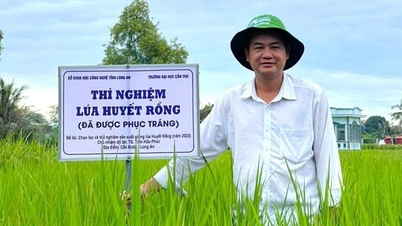
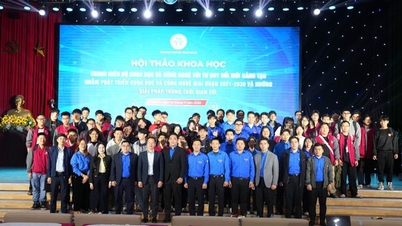
















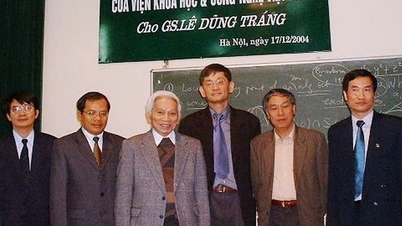








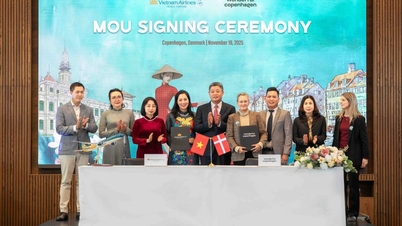


























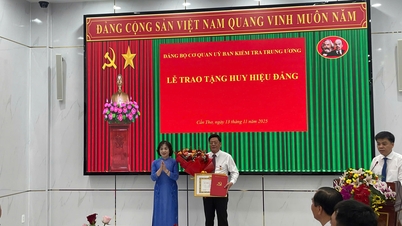




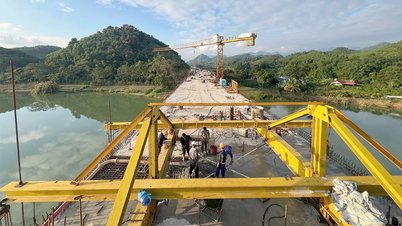


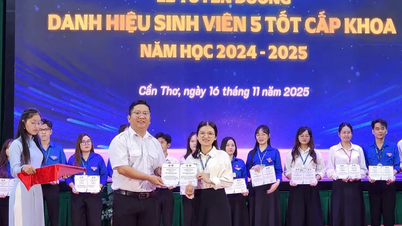
















Comment (0)